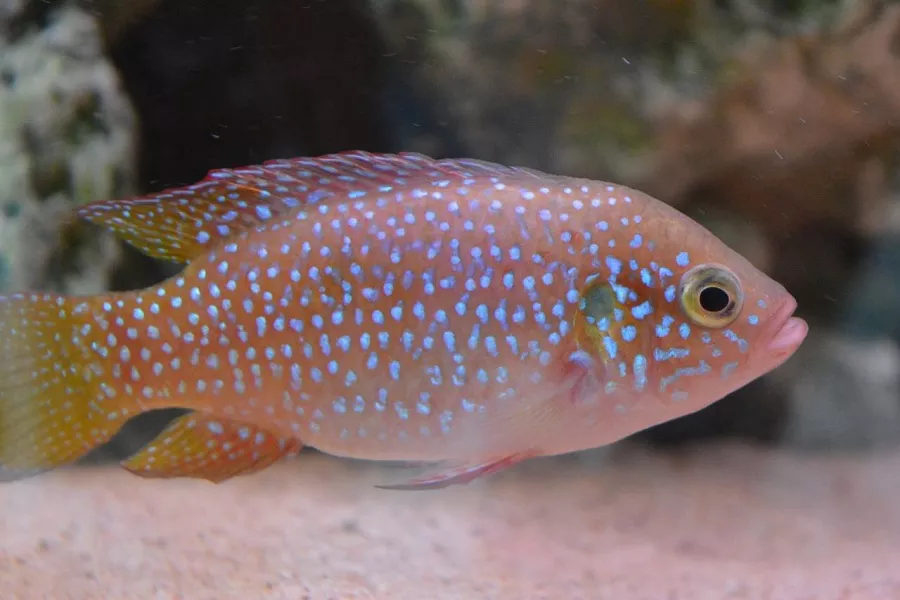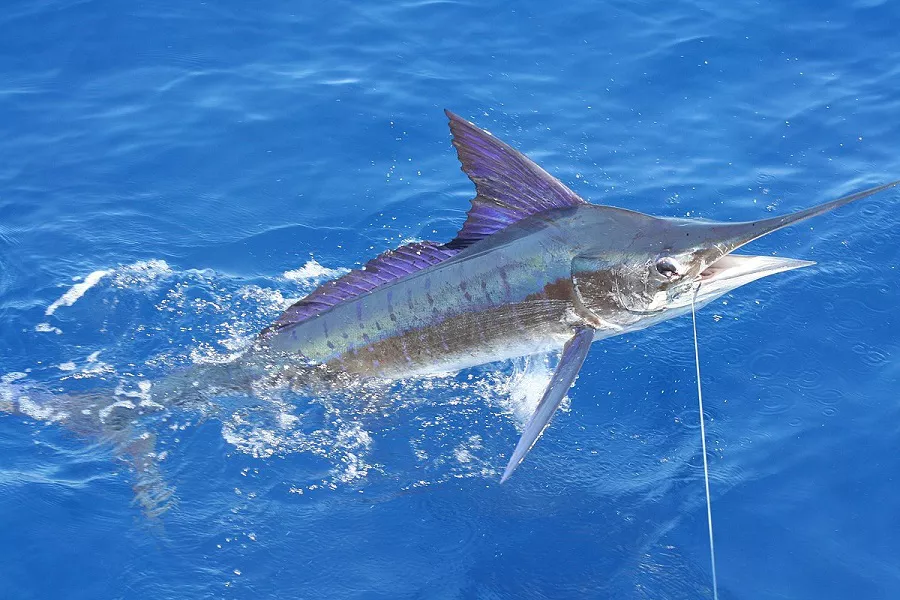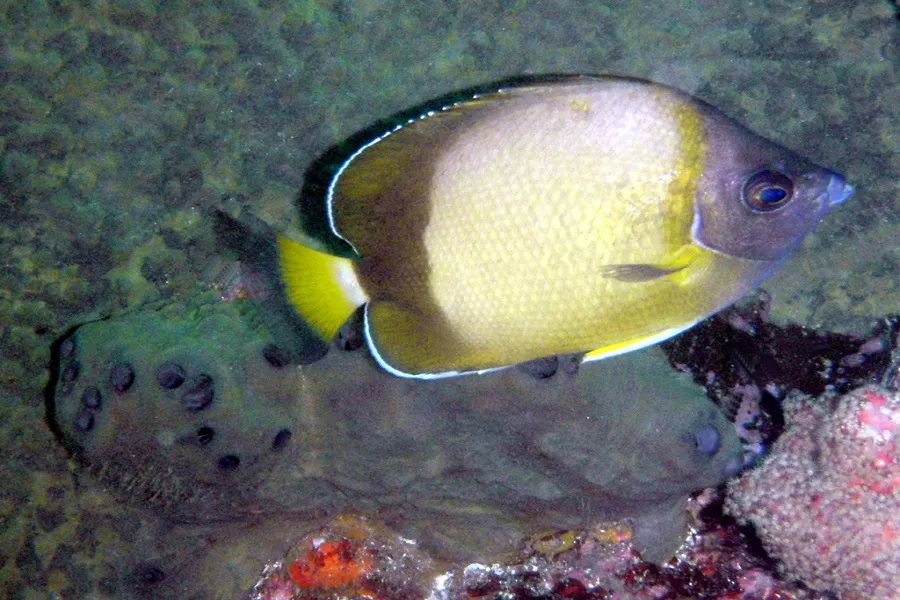Why do cats swallow rope? Cats are naturally curious creatures who love to explore new sights, smells and tastes. Kittens and adult cats also enjoy playing with rope, yarn, etc. But this poses the risk of the cat swallowing the cord and thread, which in some cases can lead to serious complications. As a qualified shoveler, you need to understand the dangers of ingesting string and the signs that string is still in your cat’s gastrointestinal tract. Why do cats swallow rope? Reasons why cats swallow ropes Cats are amazing and intelligent animals. Their lifestyle reflects the predatory skills and behaviors required to hunt food in the wild. A cat’s day includes rest, stalking, chasing, raiding, killing, playing, eating, and grooming.
Hunting is an innate behavior of cats, which means it is an instinctive and normal behavior of all cats. Rope and rope-like items twist and curl in a very similar way as cats catch their prey, and cats eat at the end of the hunt, so this may cause some cats to chew and ingest these items. Also, cat play mostly mimics a cat’s predation cycle, and some cats may like to chew things, but there are no options that cats can safely chew on.
Cats can be attracted to various types of rope, including yarn, floss, fishing line, Easter grass, festivals, wire ribbons, rubber bands, shoelaces, ropes attached to toys, and any other similar thread-like items. What happens when a cat swallows the rope? It is best to keep cords and cord-like items away from cats, and if playing with toys with cords, they should be used under supervision to help prevent cats from swallowing it. If your cat swallows a string, the most common problem is a foreign body obstruction, and various serious complications can occur. The term foreign body refers to any non-food object located in the digestive tract of a dog or cat. When this is an elongated string-like object, it is called a linear foreign body. While it seems like a linear foreign body should pass without incident, this is not always the case. The string may get wrapped around the base of the tongue or in the stomach, which could create a choking hazard, causing the cat to swallow the string, or if there is a needle on the string, the needle may pierce the stomach or intestines, etc. Gastrointestinal obstruction means that If one end of a thread becomes stuck somewhere in the gastrointestinal tract, such as the base of the tongue (a particularly common location for threads in cats), the stomach, or the stomach. In the intestine, the free end of the foreign body will travel down the rest of the gastrointestinal tract. As the string wraps around the internal organs, the intestines will try to move this thread-like foreign body down the gastrointestinal tract to eliminate it, but since the thread-like body cannot move, this will cause the intestines to bunch up and narrow. This is an emergency that causes the cat to have a sore stomach and the cat cannot eat until the item is removed. If a linear foreign body doesn’t immediately cause a blockage, it can also harm your cat by causing a perforation of the cat’s internal organs. Imagine a rope rubbing against these organs, which can cause perforations and punctures in the organs, which will prevent the organs from working properly and cause internal bleeding, another emergency. Symptoms After Swallowing a String In many cases, caregivers are unaware that their cat has swallowed a string, but do notice these symptoms, which is why it is important to understand what they are and find out when you are Contact your veterinarian immediately if the cat is not moving on its own.
Early intervention is critical and can have a life-or-death impact on your cat. If there are no complications, your cat should thread the string through the feces within 10 to 24 hours. The problem is that it is often impossible to know how much your cat has ingested and if any remain in his digestive system. Monitor and contact your veterinarian if you notice one or more of these symptoms in your cat, these symptoms may occur quickly, or may develop more slowly for several days after your cat ingests the rope occur. Usually, symptoms appear within one to two days. However, a cat may have eaten something a few weeks ago and displayed only mild symptoms. Anorexia or decreased appetite Vomiting or retching Forced defecation or diarrhea Abdominal pain Restlessness, reluctance to lie down or comfortable Retracting or hiding more than usual Fever Depression/lethargy Dehydration (due to vomiting) if you What if the cat ate the rope? If you observe your cat playing with the rope and chewing on it; . And you see the string under the cat’s tongue (extending to the throat) or sticking out of the anus, that’s important advice; never pull on the string. When you think your cat has swallowed a linear foreign body, be sure to call your veterinarian for advice. If you see a string around the tongue, take your cat to the veterinarian so it can be removed safely. You should also see a veterinarian if any more severe symptoms develop. Even if you think your cat has passed all the lines in the feces, there may still be some in her stomach or intestines that can cause problems.
How to Prevent Your Cat from Eating String Management and prevention are the keys to helping keep cats from swallowing string.
- Avoid using wire and ribbon at home during the holidays, if you use it to wrap gifts, monitor your cat closely and keep the gift within the reach of the cat
- When not in use, keep yarn and other rope-like materials on and away from cats
- Keep a litter basket with a lid in your bathroom to help prevent your cat from ingesting floss or other similar products, it’s more common than you think!
- Supervise your cat while playing with wand toys and other tethered toys
Tips: For more knowledge about pet feeding, dog feeding, cat feeding, reptile feeding, please pay attention to: mtedr.com, to provide you with a wealth of dog breeds, cat breeds, reptile breeds, types of aquarium fish, different types of small pets and so on.


























